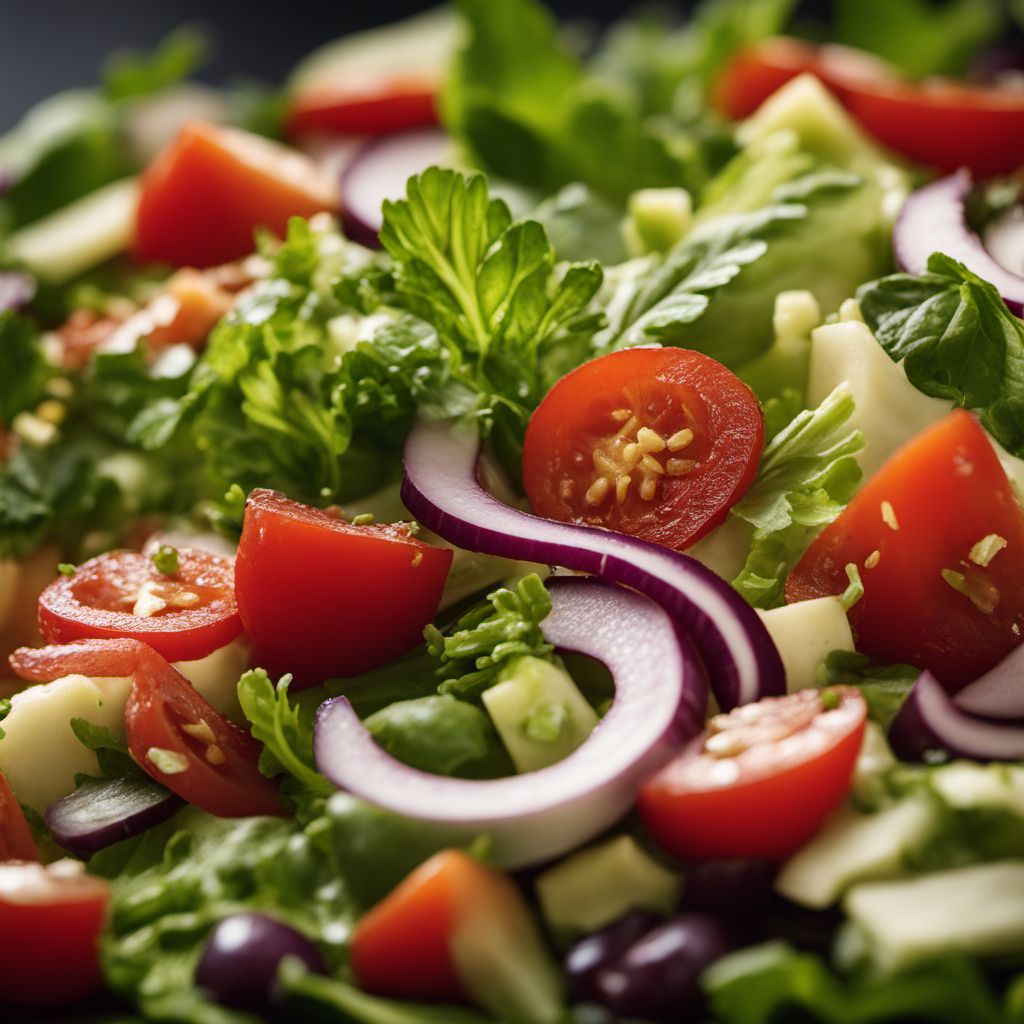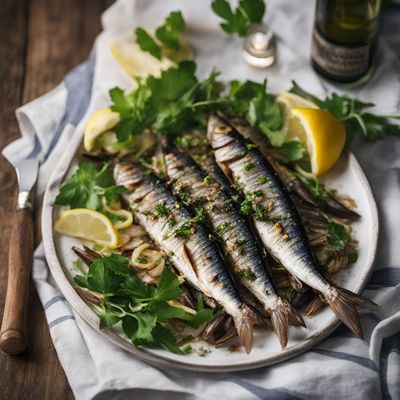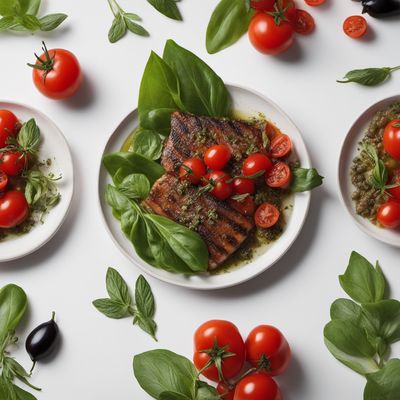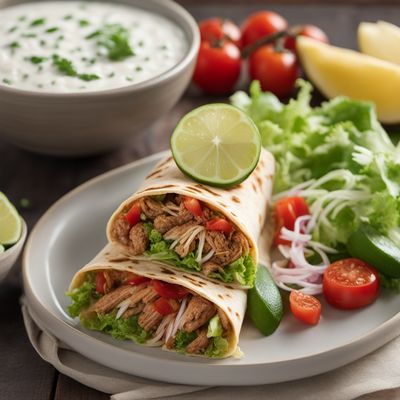
Ingredient
Salad dressing
The Art of Dressing: Elevating Your Salad
Salad dressing comes in various forms, including creamy dressings like ranch or Caesar, and oil-based vinaigrettes. Creamy dressings are rich, smooth, and often made with ingredients like mayonnaise or yogurt, while vinaigrettes are tangy, light, and typically consist of oil, vinegar, and herbs. The texture can be thick or thin, depending on the desired consistency. Salad dressings can be sweet, savory, or tangy, and they come in a wide range of flavors to suit different tastes. They can be creamy, zesty, herby, or even fruity, adding depth and complexity to salads. The appearance of salad dressing varies depending on the type, ranging from opaque and creamy to translucent and glossy.
Origins and history
Salad dressing has been a staple in culinary history for centuries. The ancient Romans used a mixture of oil and vinegar as a dressing for their salads, and the tradition has continued to evolve over time. Different cultures have their own unique variations of salad dressings, incorporating local ingredients and flavors. Today, salad dressing is enjoyed worldwide and has become an essential component of salads in various cuisines.
Nutritional information
Salad dressing can be a source of healthy fats, vitamins, and antioxidants, depending on the ingredients used. However, it can also be high in calories, sodium, and added sugars, so it's important to choose dressings wisely and consume them in moderation.
Allergens
Salad dressings may contain allergens such as eggs, dairy, soy, or nuts, depending on the recipe or brand. It's crucial to read the labels carefully and choose dressings that are suitable for individual dietary needs or restrictions.
How to select
When selecting salad dressing, look for fresh, high-quality options with natural ingredients. Avoid dressings that contain artificial additives, preservatives, or excessive amounts of sodium or sugar. Opt for dressings made with wholesome oils, such as olive oil or avocado oil, and choose low-fat or light options if you're watching your calorie intake. Additionally, consider the flavor profile that complements your salad ingredients.
Storage recommendations
To maintain the freshness and quality of salad dressing, store it in a cool, dry place away from direct sunlight. Once opened, refrigerate the dressing to prolong its shelf life. It's important to check the expiration date and discard any dressings that have passed their prime or show signs of spoilage, such as an off smell or unusual texture.
How to produce
Salad dressing can be produced at home by combining various ingredients like oil, vinegar, herbs, spices, and other flavorings. Experiment with different ratios and ingredients to create your own signature dressing. There are countless recipes available online or in cookbooks to guide you through the process.
Preparation tips
When using salad dressing, shake the bottle well to ensure the ingredients are evenly mixed. Drizzle the dressing over your salad just before serving or serve it on the side for individual preference. Consider the flavor profile of the dressing and pair it with complementary ingredients in your salad. For example, a creamy ranch dressing goes well with crisp lettuce, tomatoes, and bacon, while a tangy vinaigrette enhances the flavors of mixed greens, fruits, and nuts.
Culinary uses
Salad dressing is commonly used to dress salads of all kinds, from simple green salads to more elaborate creations. It can also be used as a marinade for meats, a dip for vegetables, or a sauce for sandwiches and wraps. The versatility of salad dressing allows it to be incorporated into various dishes, adding a burst of flavor and moisture.
Availability
Salad dressing is widely available in grocery stores, supermarkets, and specialty food stores worldwide. It can be found in the condiment aisle or refrigerated section, depending on the type of dressing. Additionally, many restaurants and cafes offer a selection of house-made dressings to accompany their salads.
More ingredients from this category
Recipes using Salad dressing » Browse all

Grilled Alimados Sardines with Lemon and Garlic
Sizzling Portuguese Delight: Grilled Alimados Sardines with Zesty Lemon and Garlic

Garbage Plate Remastered
The Ultimate American Comfort Plate

Canadian Chinese Caesar Salad
Sesame Crunch Caesar Salad with a Canadian Chinese Twist

Silesian-style Smoked Mackerel Salad
Silesian Smoked Delight: A Twist on Traditional Mackerel Salad

Kenyan-style Rigatoni with Spicy Tomato Sauce
Savory Kenyan Twist on Rigatoni Pasta

Gundel Salad with Walnut Dressing
Savory Delight: A Twist on Hungarian Gundel Salad

Grilled Godeungeo with Apulian Flair
Apulian-Style Grilled Godeungeo: A Taste of the Mediterranean

Caribbean Caesar Salad
Tropical Twist Caesar Salad

Grilled Thai Beef Salad
Fiery Thai Beef Delight

California-style Mini Rice Bowls
Sunshine Bites: California-inspired Mini Rice Bowls

Silesian Crab Salad
Crab Delight: A Silesian Twist on a Classic American Salad

Emirati-inspired Spiced Lamb Burrito
Savor the Flavors of Emirati Cuisine with Spiced Lamb Burrito
